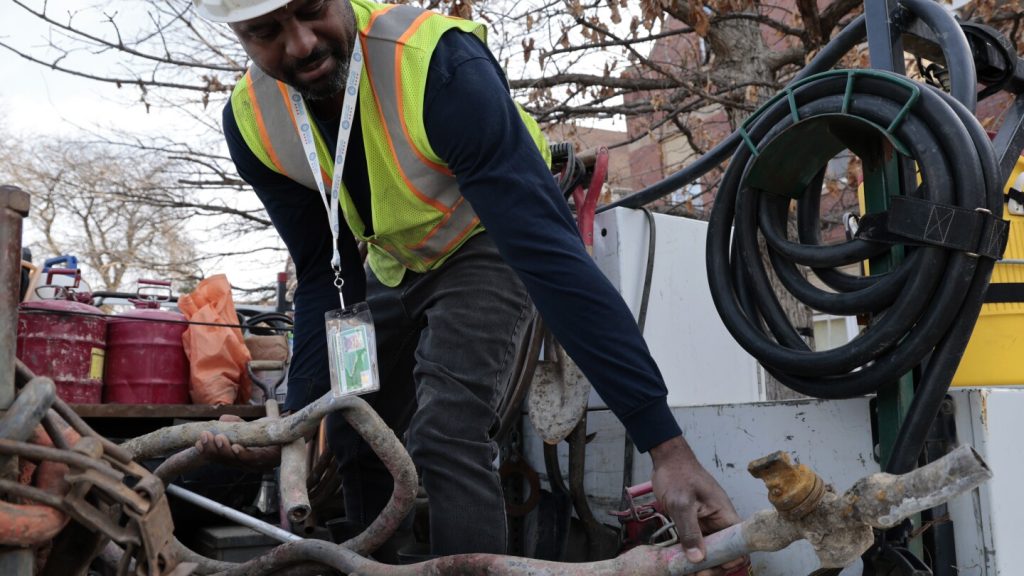The Environmental Protection Agency (EPA) distributed approximately $3 billion to states last year for the replacement of harmful lead pipes based on unverified data, as stated in an agency inspector general memo. This led to some states receiving more funding than necessary while others did not receive enough. The EPA has since made changes, but the inspector general believes more can be done to address the issue of unreliable data for future infrastructure spending.
The Bipartisan Infrastructure Law allocated $15 billion over five years to find and replace lead pipes, which are commonly found in older homes in the Midwest and Northeast. Lead exposure can have detrimental health effects, particularly in children’s cognitive development and adults’ blood pressure levels. The EPA used estimates from states and utilities to determine the number of lead pipes nationwide, which led to funding adjustments based on the data received.
Tom Neltner, national director with Unleaded Kids, highlighted that two states, Texas and Florida, had significantly higher estimates of lead pipes resulting in more funding than expected. Florida received the most funding in 2023 after an initial estimate of nearly 1.2 million lead pipes. The Biden administration has focused on delivering safe drinking water for all, with proposed rules to replace all lead pipes within a decade and limits on harmful chemicals in drinking water.
The EPA has faced criticism from Republicans for its spending on environmental priorities, with concerns about accountability. The inspector general is evaluating federal funding for lead pipe replacement and expects to release a final report identifying inaccuracies in states’ data. States have raised concerns about the quality of data used by the EPA for funding decisions, prompting adjustments in funding allocations based on new information received from utilities.
States that receive more funding than needed risk spending it on lead pipe inventories rather than replacement efforts, which could prolong the process of addressing lead contamination in water systems. While the $15 billion allocated for lead pipe replacement is a step forward, it is only a fraction of the total amount needed. States vary in their readiness to use the funding for replacement projects, with some declining funding in the first year it was offered.
The important question remains on how well states are utilizing the funding provided to replace lead pipes effectively. Even with accurate funding allocations, there is still more work to be done to remove all lead pipes in the country. Environmental groups emphasize the importance of accurate data submission by states and utilities, along with EPA’s responsibility to verify the numbers. Reallocation of unused funds to states in need and monitoring the progress of lead pipe replacement efforts are crucial in ensuring safe drinking water for all residents.


